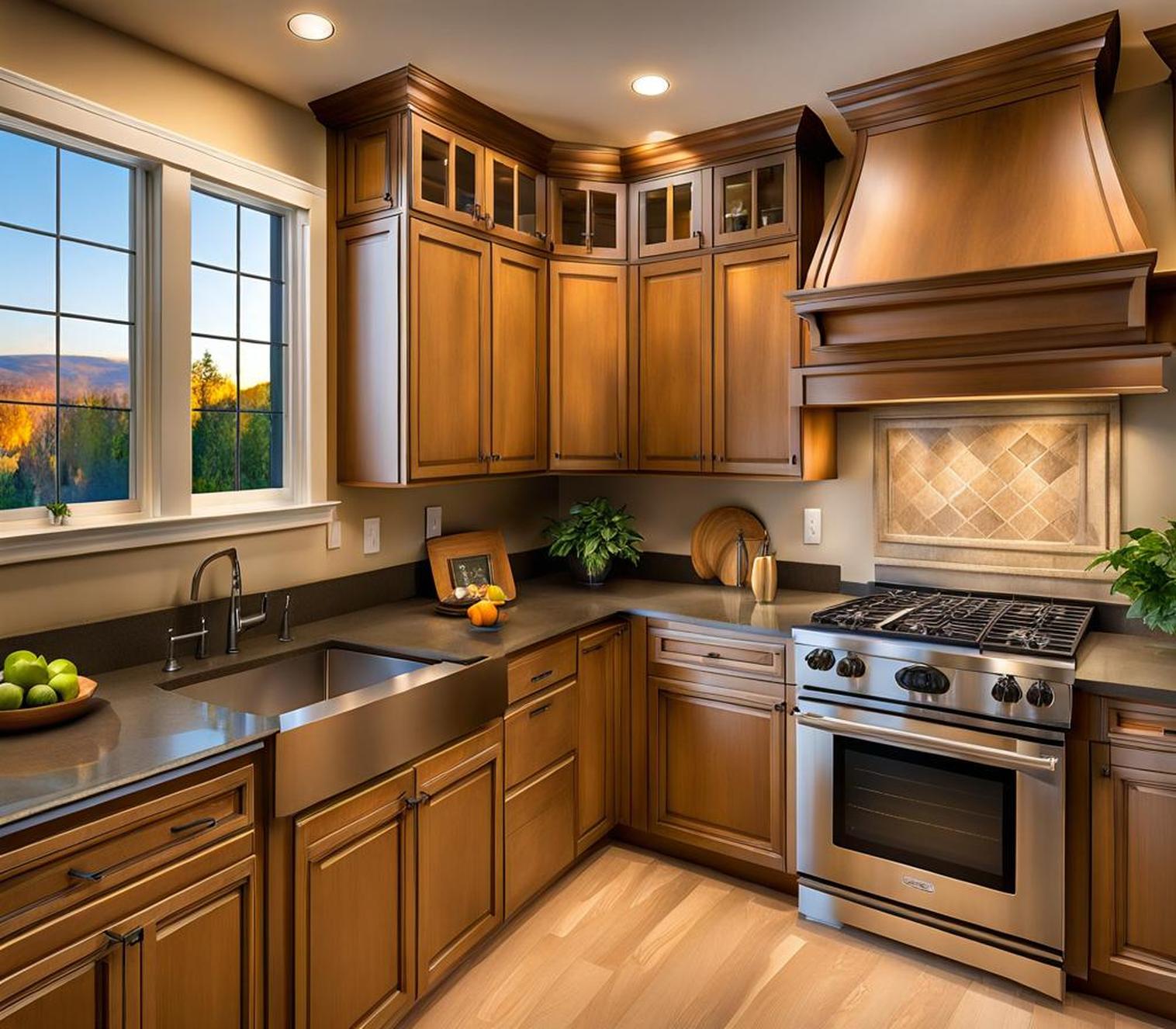If you’re looking to remodel your kitchen on a budget, unfinished cabinets can be a great option. Unfinished cabinets provide flexibility to customize your design while saving money compared to prefinished cabinetry. But not all unfinished cabinets are created equal. Selecting high-quality cabinets made from durable wood will ensure your kitchen remodel looks great for years to come.
We’ll look at setting your budget, picking cabinet materials, finding a trusted retailer, designing the layout, protecting against moisture, installation, and ultimately enjoying your beautiful new custom kitchen.
Determine Your Budget
The first step is defining your budget for new unfinished cabinets. On average, unfinished cabinets will cost 25-50% less than prefinished cabinets. Basic unfinished cabinets start around $50 per linear foot, while premium options with solid wood doors and drawers can run $200-300 per linear foot installed.
Consider where you may be able to compromise on cost without sacrificing quality. For example, choosing a less expensive wood species like poplar for cabinet boxes while splurging on oak or maple doors. Or, opting for stock cabinets instead of full customization. Determine how much time and effort you’re able to dedicate to finishing the cabinets yourself vs. hiring a contractor.
Set realistic expectations about the level of quality and customization possible within your budget. Unfinished cabinets offer savings, but lower priced materials may be less durable or consistent.
Choose Cabinet Wood Type
Wood selection is one of the most important factors in durable, quality cabinets. Two of the most popular woods for unfinished cabinets are pine and oak.
Pine
Pine is on the lower end of the budget spectrum. It has a distinctive grain pattern and accepts stains and paints easily. Pine provides an affordable option for those prioritizing cost savings.
Pros:

- Very inexpensive wood
- Widely available
- Easy to finish and stain
Cons:
- Prone to dents and scratches
- Sap may leak through finishes
- Lower density means less sturdiness
Oak
For a balance of affordability and quality, oak is a popular choice. It’s heavier and more durable than pine, but carries a higher price tag. The grains and patterns of oak create an attractive look.
Pros:
- Durable and resistant to dents
- Stains beautifully
- Wide range of oak species and grains
Cons:
- More expensive than pine
- Not as readily available
- Open grains require more preparation
Other Wood Types
While oak and pine are most common, other wood species like maple, cherry, hickory and poplar are also options. Maple has a smooth, uniform appearance but is pricier. Cherry has a rich color while hickory is known for its rustic feel. Poplar is an affordable but versatile species.
Select a Reputable Brand or Retailer
Major home improvement stores like Home Depot and Lowe’s offer various unfinished cabinet collections. Online retailers like Wayfair also have unfinished cabinet options. To support smaller businesses, you can look to specialty retailers focused exclusively on unfinished cabinets like Barker Cabinets, Knossos, or Semihandmade.
Be sure to read reviews and talk to previous customers before purchasing. High-quality materials and construction are key for cabinets that will last.
Determine Needed Cabinet Layout and Configuration
Measure your existing kitchen space carefully, accounting for appliances, windows, plumbing and lighting fixtures. Then map out your ideal cabinet configuration for maximum storage and functionality.
Consider which cabinet door styles and storage configurations make the most sense. Some options include:
- Drawers vs. shelves
- Glass fronts vs. solid doors
- Full height pantry vs. base cabinets
- Island, peninsula, or gallery layout
Sketch your kitchen layout and cabinet placement to visualize the final design before purchasing.
Moisture Protection and Finishing Needs
Unfinished wood needs adequate sealing and protection to prevent warping from moisture. Choose a high-quality primer, sealant or stain formulated specifically for kitchen cabinets.
Finishing options include:
- Sealing with polyurethane or varnish
- Staining to add color while allowing wood grain to show
- Painting over cabinets completely
Proper sanding, prep work, and application of finishes will ensure your cabinets stand the test of time and use.
Installation Process
Installing new kitchen cabinets takes precision, patience and good carpentry skills. Safety is also paramount when handling power tools and heavy cabinetry.
Options for installation:
- Hiring a contractor familiar with cabinet installation
- Tackling installation as a DIY project
Make sure to level cabinets, secure to studs, and double check measurements. Take your time to get cabinet placement and angles correct for seamless results.
Choosing the right unfinished cabinets for your kitchen remodel involves several key steps. But the end result is worth the effort for quality cabinets that fit your space and style perfectly.
Unfinished cabinets offer customization at budget prices. Following this guide will help select durable wood species, trusted brands, and modular configurations to get the most value from your investment. And you’ll end up with a kitchen you’ll be proud of for years to come!
